An Empirical Study on the ESG Performance of Enterprises and High-Quality Development of Talents
DOI: 10.23977/jhrd.2025.070204 | Downloads: 7 | Views: 165
Author(s)
Zhengxin Liu 1
Affiliation(s)
1 Wuxi Big Bridge Academy, Wuxi, 214000, China
Corresponding Author
Zhengxin LiuABSTRACT
The concept of ESG (Environmental, Social, and Governance) has been widely expanded worldwide. Most studies focus on the concept of sustainable development itself. However, the intersection between ESG and talent-related concepts remains an under-explored area. Such gaps hinder people's awareness of ESG and the timely implementation of relevant regulations that could improve efficiency and effectiveness. This study aims to answer the following questions: How does ESG performance influence an enterprise's high-quality talent structure? Based on the A-share listed company data from CNRDS (2010 - 2023), through regression analysis and group regression, the main findings are as follows: For average employee salary (a talent structure index), E and S scores show negative correlations (E significant, S not)—possibly because employees value working environment and social responsibility over salary. Small enterprises' average salary is more sensitive to S's negative impact and G's positive impact due to limited resources and incomplete management. For the proportion of postgraduate employees (another talent index), E and S scores show significant negative correlations, possibly because companies prioritize ability over academic credentials. Large enterprises' postgraduate proportion is more sensitive to E's negative impact due to shifted strategic priorities; S harms small enterprises' proportion but benefits large ones (resource constraints). Small enterprises' postgraduate proportion also sees a more pronounced positive effect from G (unsound management). This research offers policy recommendations to enhance city competitiveness, optimize talent structures, and promote ESG practices in enterprises, fostering high-quality development.
KEYWORDS
ESG Performance; Postgraduate Ratio; Average SalaryCITE THIS PAPER
Zhengxin Liu, An Empirical Study on the ESG Performance of Enterprises and High-Quality Development of Talents. Journal of Human Resource Development (2025) Vol. 7: 23-36. DOI: http://dx.doi.org/10.23977/jhrd.2025.070204.
REFERENCES
[1] Friede, G., Busch, T., & Bassen, A. (2015). ESG and financial performance: Aggregated evidence from more than 2000 empirical studies. Journal of sustainable finance & investment, 5(4), 210-233.
[2] Du, C. Z., Jin, H. W., & Jin, W. H. (2019). Breakthrough technology innovation and industrial transformation and upgrading in China under the background of the new round of industrial Revolution. Science and Technology Progress and Countermeasures, 36(24), 63–69.
[3] Xi, L., & Wang, H. (2024). The Influence of Green Transformation on ESG Management and Sustainable Competitive Advantage: An Empirical Comparison of Companies in the Pearl River Delta and Yangtze River Delta. Sustainability, 16(18), 7911.
[4] Greening, D. W., & Turban, D. B. (2000). Corporate social performance as a competitive advantage in attracting a quality workforce. Business & Society, 39(3), 254–280.
[5] Gallardo-Gallardo, E. (2018). The meaning of talent in the world of work. Global talent management, 33-58.
[6] Bode, C., Singh, J., & Rogan, M. (2015). Corporate social initiatives and employee retention. Organization Science, 26(6), 1702-1720.
[7] Eccles, R. G., Ioannou, I., & Serafeim, G. (2014). The impact of corporate sustainability on organizational processes and performance. Management Science, 60(11), 2835–2857.
[8] Kramer, M. R., & Porter, M. E. (2006). Strategy and society: The link between competitive advantage and corporate social responsibility. Harvard Business Review, 84(12), 78-92.
[9] Teng, X., Wang, Y., Wang, A., Chang, B. G., & Wu, K. S. (2021). Environmental, Social, Governance (ESG) Risk and Corporate Sustainable Growth Nexus: A Quantile Regression Approach. International Journal of Environmental Research and Public Health, 18(20), 10865.
[10] Teixeira Dias, F., de Aguiar Dutra, A. R., Vieira Cubas, A. L., Ferreira Henckmaier, M. F., Courval, M., & de Andrade Guerra, J. B. S. O. (2023). Sustainable development with environmental, social and governance: Strategies for urban sustainability. Sustainable Development, 31(1), 528-539.
[11] Collings, D. G., & Mellahi, K. (2009). Strategic talent management: A review and research agenda. Human Resource Management Review, 19(4), 304-313.
[12] Zhang, Z., Xu, J., & Lin, E. The New Road to Sustainability: Higher Education Agglomeration and Firm ESG Performance. Polish Journal of Environmental Studies.
[13] Cai, X., Xiang, H., Neskorоdieva, I., & Durmanov, A. (2024). Interrelation between human capital management and ESG engagement: evidence from S&P 500 firms. Humanities and Social Sciences Communications, 11(1), 1-17.
[14] Ahmad, I., & Mujtaba, A. (2017). The dark side of corporate social responsibility: evidence from a public sector oil company. NUML International Journal of Business & Management, 12(1), 15–27.
[15] Cai, Y., Ma, J., & Chen, Q. (2020). Higher education in innovation ecosystems. Sustainability, 12(11), 4376.
[16] Kilnytska, О., Sushytskyi, О., & Sardakovskiy, Y. (2020). Salary as motivation for Employment. Development, 2, 75-88.
| Downloads: | 8234 |
|---|---|
| Visits: | 255026 |
Sponsors, Associates, and Links
-
Information Systems and Economics
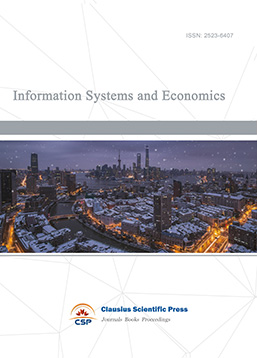
-
Accounting, Auditing and Finance
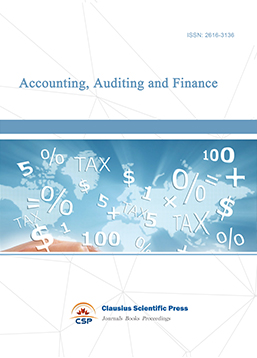
-
Industrial Engineering and Innovation Management
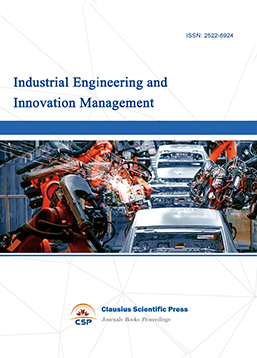
-
Tourism Management and Technology Economy
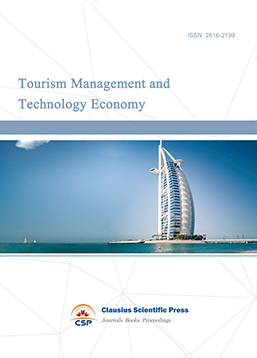
-
Journal of Computational and Financial Econometrics
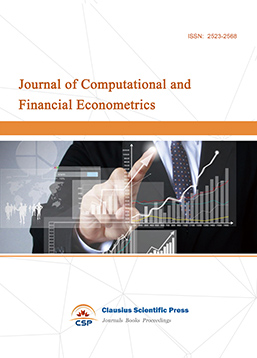
-
Financial Engineering and Risk Management
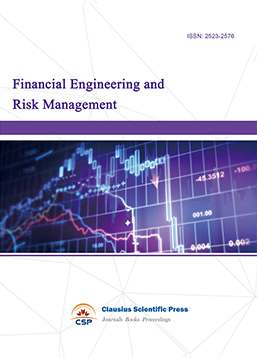
-
Accounting and Corporate Management
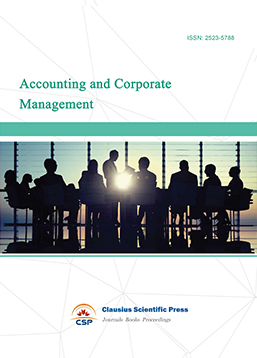
-
Social Security and Administration Management
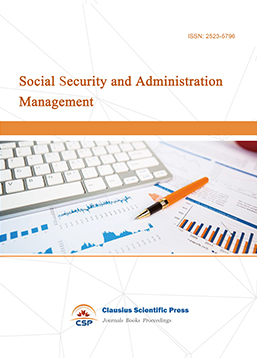
-
Population, Resources & Environmental Economics
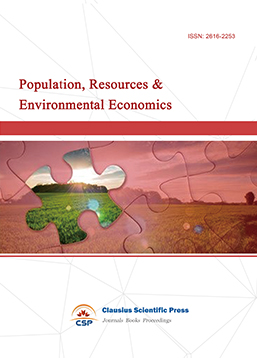
-
Statistics & Quantitative Economics
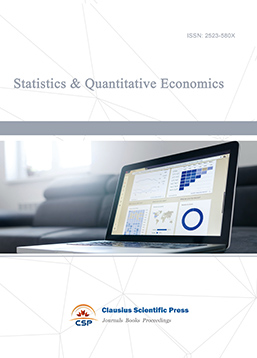
-
Agricultural & Forestry Economics and Management
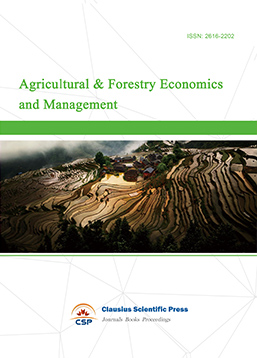
-
Social Medicine and Health Management

-
Land Resource Management
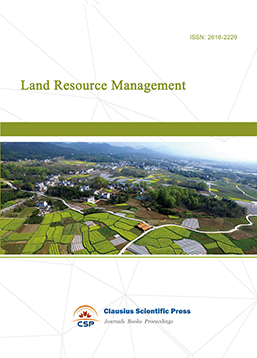
-
Information, Library and Archival Science
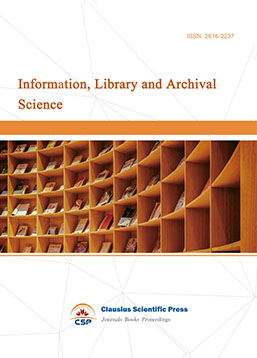
-
Manufacturing and Service Operations Management
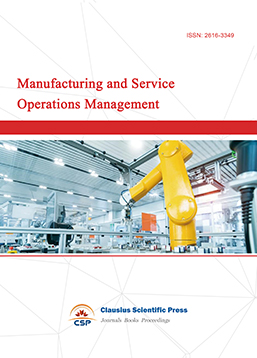
-
Operational Research and Cybernetics
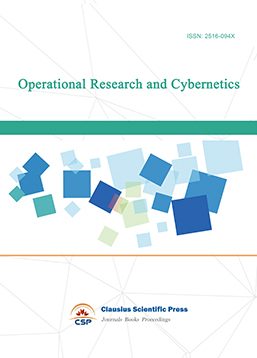

 Download as PDF
Download as PDF